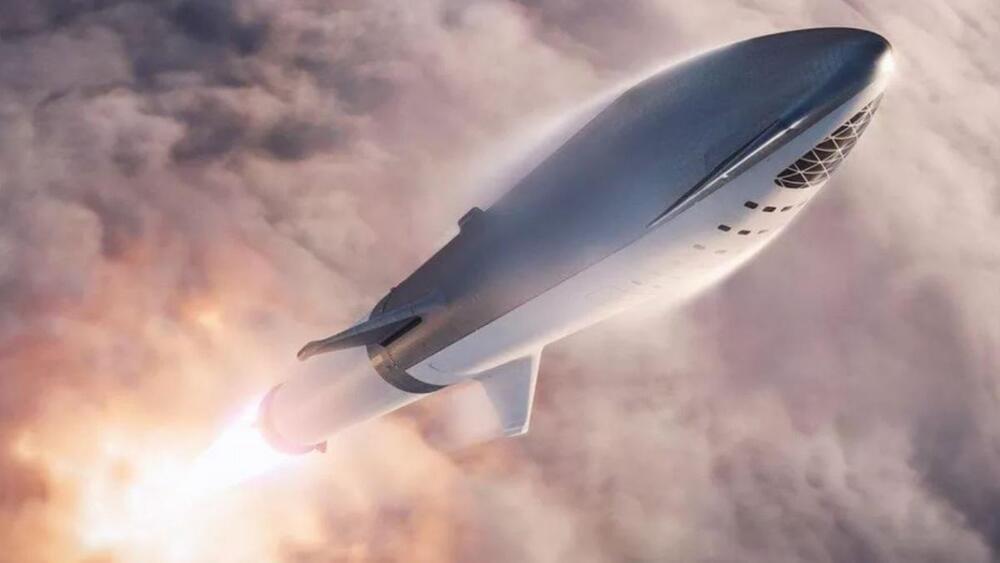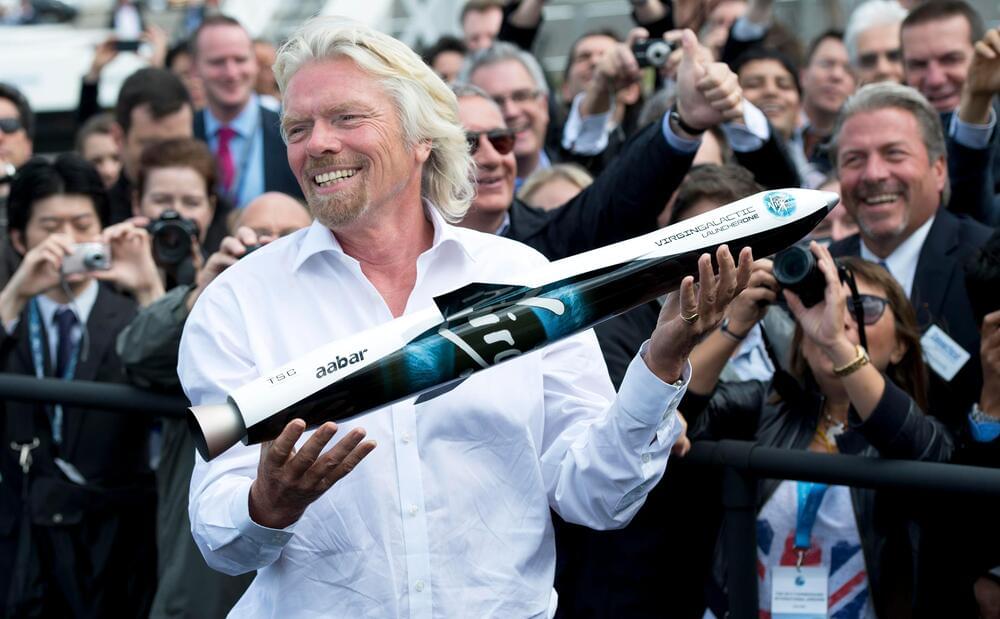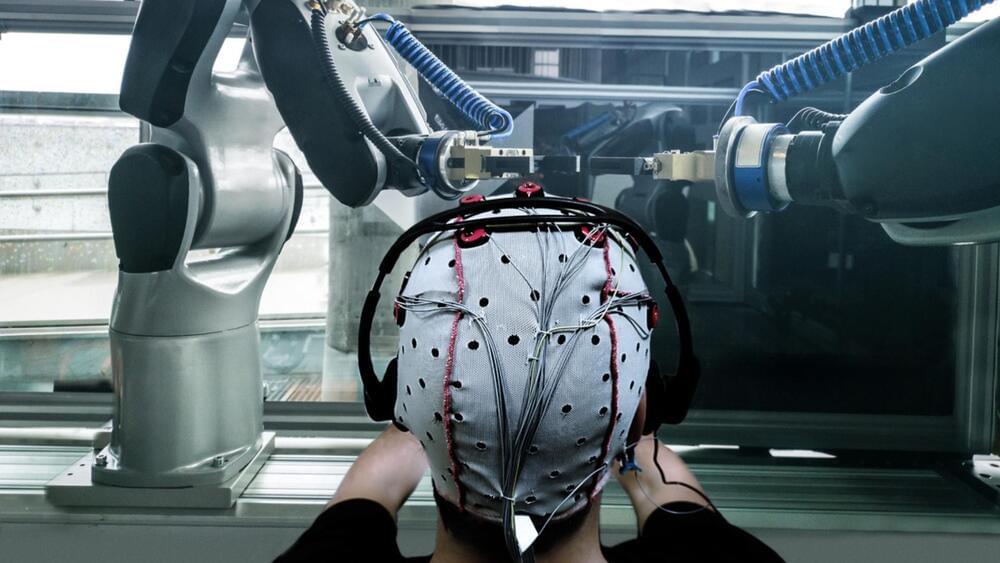After almost two years of waiting for Elon Musk’s Mars rocket to fly again, things are really starting to move quickly now, it seems.
The Super Heavy first stage booster section of Starship was moved to the launch site over the weekend and now the Federal Aviation Administration lists Monday, April 10 as the target launch date for Starship in its current Operations Plan Advisory for air traffic controllers.
The advisory also lists next Tuesday and Wednesday as potential backup launch dates.








